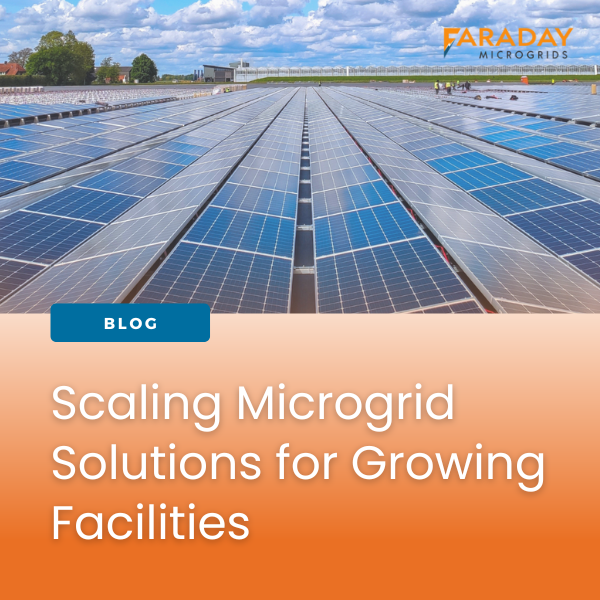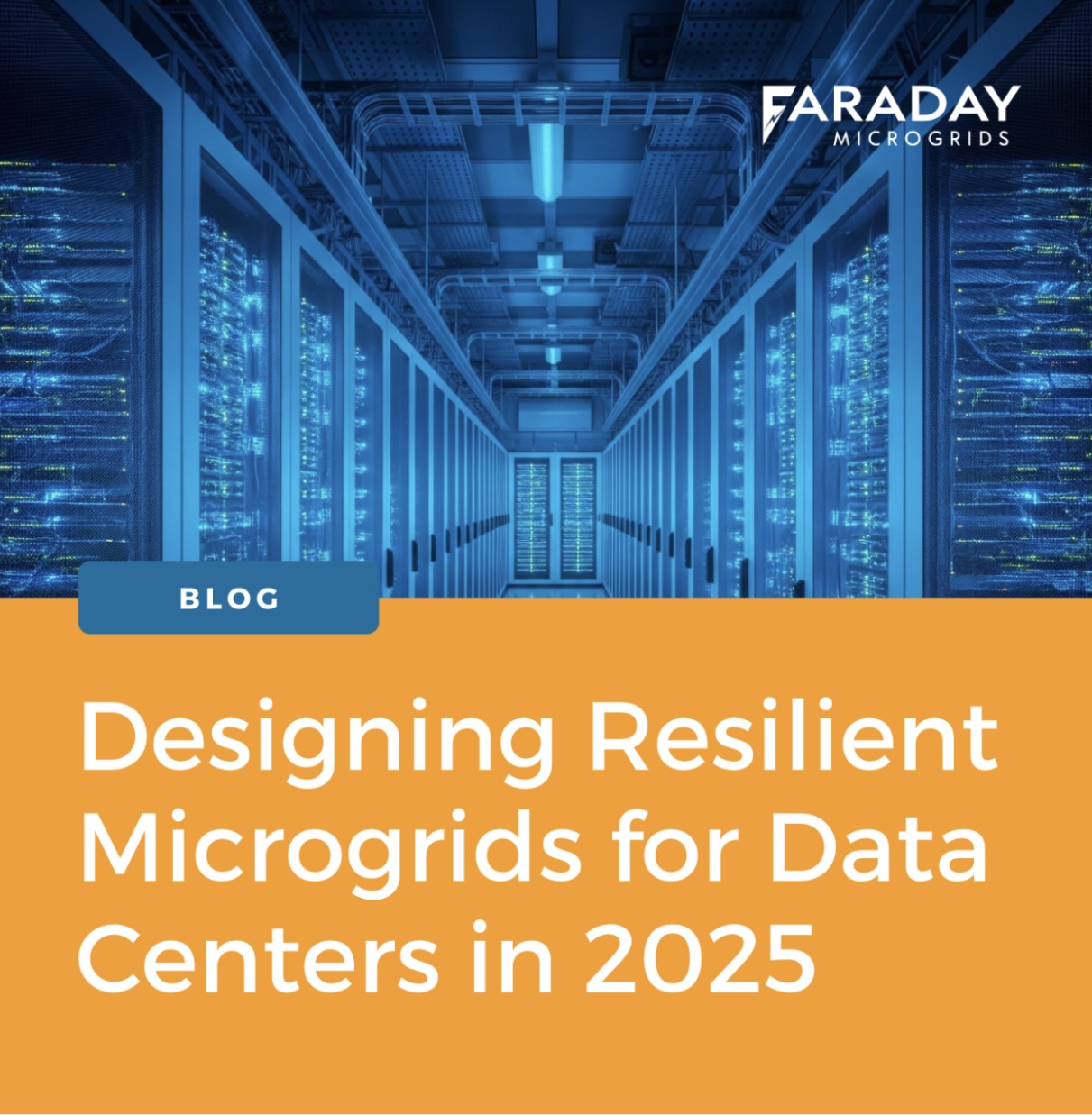Facilities rarely stay the same. Whether you are adding new buildings, increasing production, or preparing for rising energy costs, your energy system needs to grow with you. Microgrids offer a scalable, flexible foundation that traditional generators simply cannot match.
Why Scalability Matters
When planning an energy system, it is not enough to solve for today’s needs. Many organizations make the mistake of sizing generators based on current loads only to find they are underpowered later or grossly oversized from the start. That creates inefficiencies, wasted capital, and added risk.
Microgrids are different. They can be designed with modular components that scale over time, giving you the flexibility to expand without starting from scratch.
Traditional Systems Lack Flexibility
Diesel generators do not scale well. You either commit to a large unit up front or stack multiple smaller ones with limited efficiency. And once installed, resizing usually means removing and replacing major equipment.
That lack of flexibility can slow your growth and lock you into outdated technology.
Microgrids Grow with You
Smart microgrid systems are built to adapt. As your facility adds square footage, shifts to more energy-intensive operations, or faces new utility pricing, your microgrid can adjust. Adding more battery capacity, expanding solar arrays, or integrating new forms of backup power is straightforward when the system is designed with growth in mind.
Faraday takes a future-ready approach. We evaluate your current profile but also plan for what is coming next, so your system supports both immediate savings and long-term scalability.
Key Considerations in Scalable Design
Effective microgrid scalability starts in the planning phase. This includes
- Planning for space and interconnection expansion
- Selecting modular technologies that can be added incrementally
- Designing controls that can manage evolving energy flows
- Building flexibility into funding and procurement strategies
We help you avoid common mistakes like overcommitting to fixed-capacity systems or underestimating future loads.
Power Your Growth with Confidence
As your facility evolves, your energy system should not become a bottleneck. A scalable microgrid makes sure it never is.Let’s design a system that delivers value today and grows with you tomorrow.





